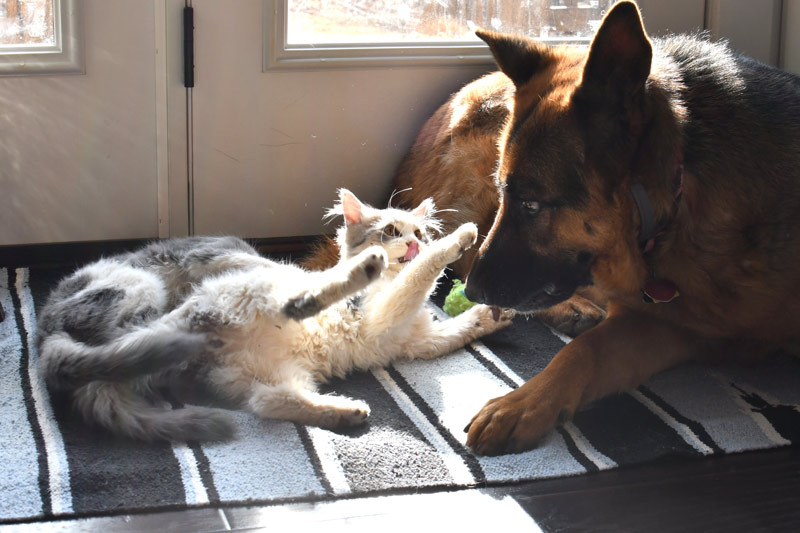Moves are stressful. You have to pack, take care of your mail, find a truck…there’s just a lot going on. Throwing pets in the mix can make it that much harder.
You may be moving in with your spouse or a new roommate that has a cat. If you haven’t lived with a cat before, you may not know what to expect. If you have a dog, things become even more complicated. There’s no need to stress, though! As long as you know what to expect and you approach things in a calm and patient manner, moving in with a cat won’t be an issue.
Below are some things you should consider when moving in with a cat owner. You’ll also find tips for introducing your dog to the cat (if you have a pup).










